Thank you for registering for the newsletter!
Add [email protected] to your contacts to get our newsletter directly to your inbox
Life Cycle Analysis
Master Your Product's
Journey from Start to Finish
- Empower your team to become Eco-Design experts.
- Deliver ISO-aligned LCA in days, not months.
- Save Time & Effort with a Proven Methodology

Trusted by over 3,500 Ambitious Climate Leaders worldwide.
How 48 Forty exemplifies climate
leadership in their products & operations
What if your LCAs just build themselves
with EcoPilot?
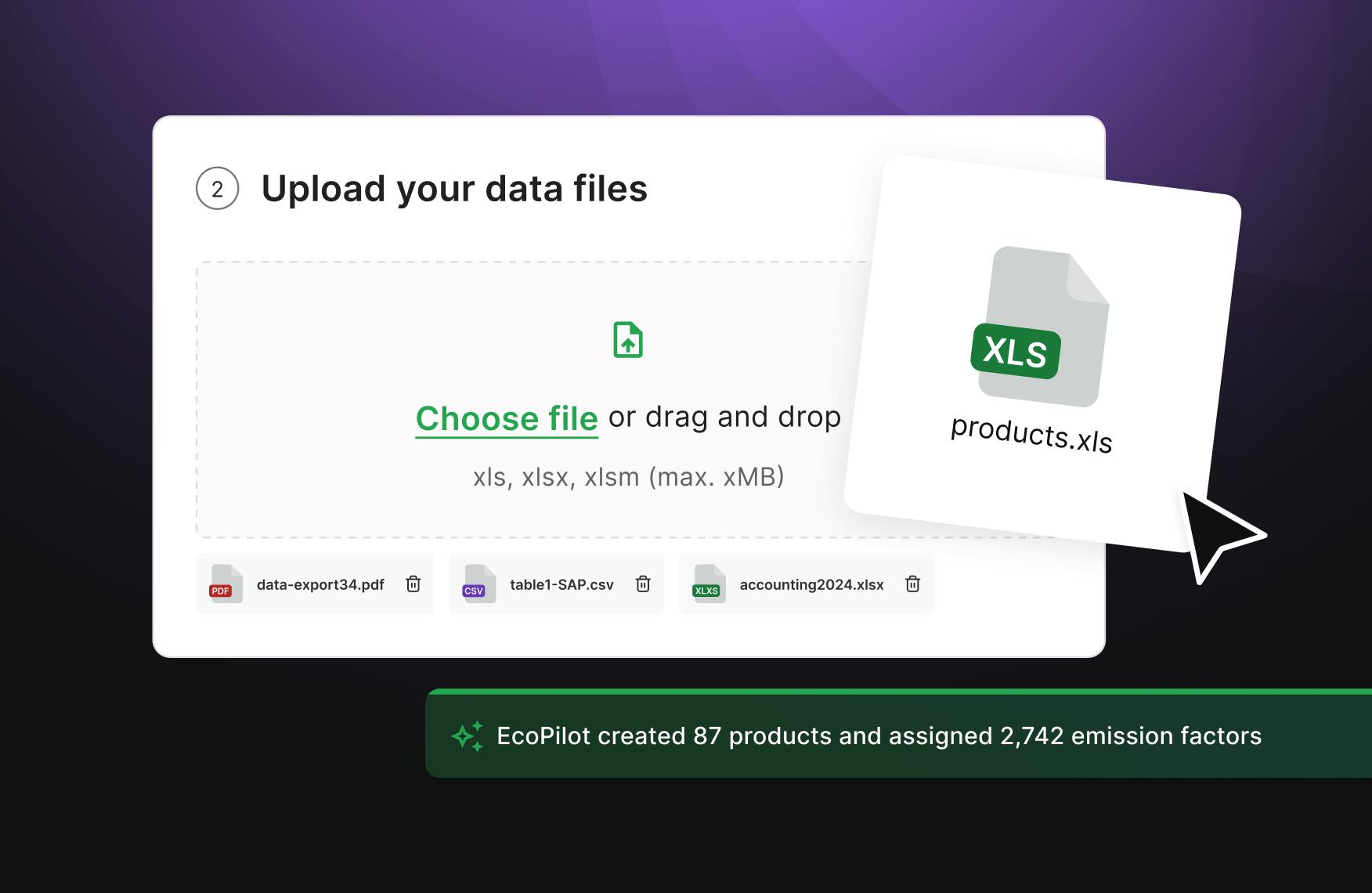
Hundreds of hours saved to better focus on product insights
- Upload a Bill of Materials (BOM) and EcoPilot instantly computes your product's environmental impact
- Scale your product carbon footprints with raw data automatically matched to emission factors
- Generate audit-grade reports in one click for key regulatory compliance standards (ISO 14040/44/67, EPD, DPP and more)
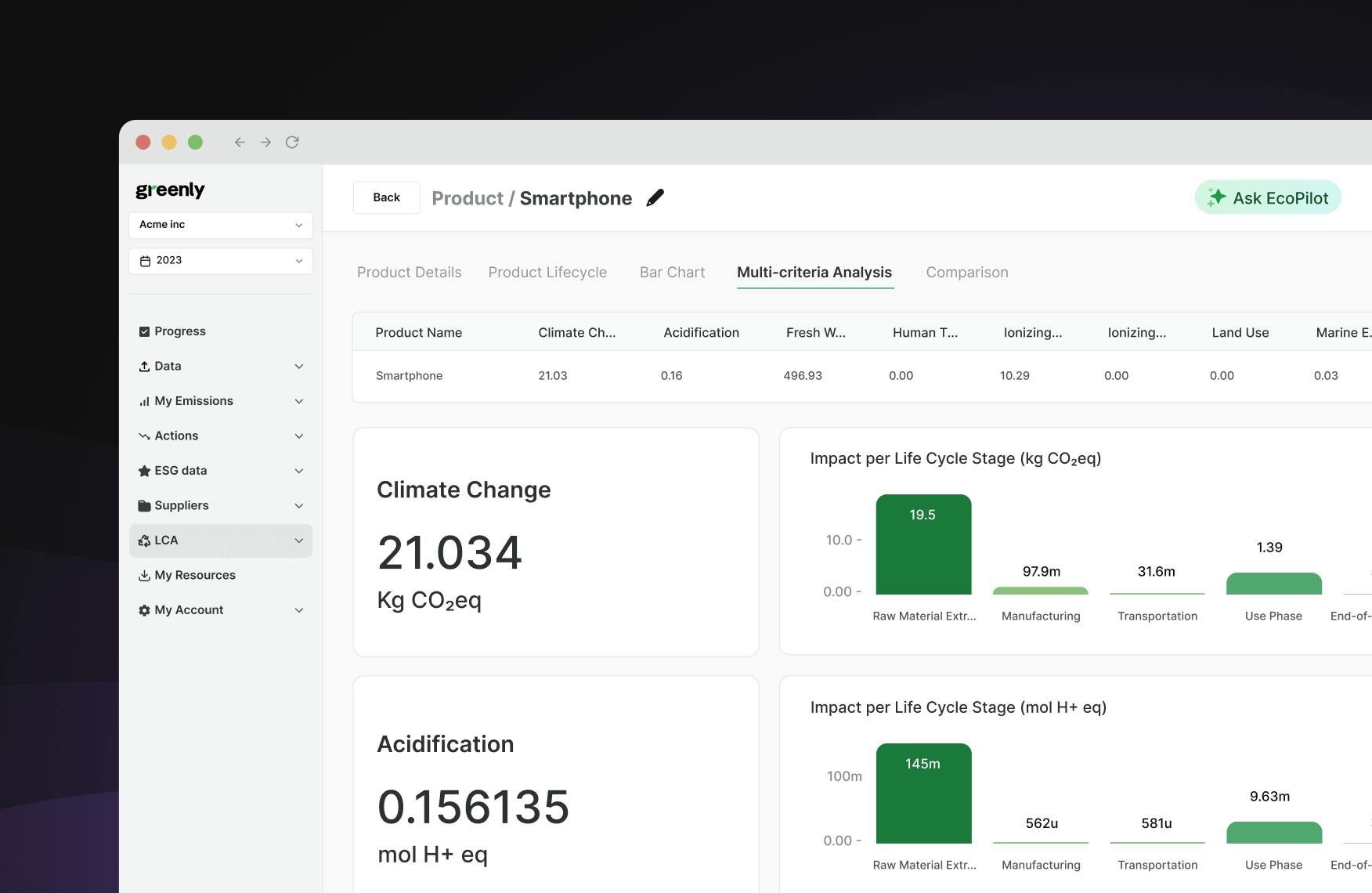
Empower your team to become eco-design experts
- Stop analyzing graphs—get instant, actionable answers and insights from EcoPilot
- Use the AI-powered formula builder and extensive Emission Factor inventory to create a robust, shared LCA framework
- EcoPilot instantly simulate low-carbon material substitutions to validate eco-design choices in seconds
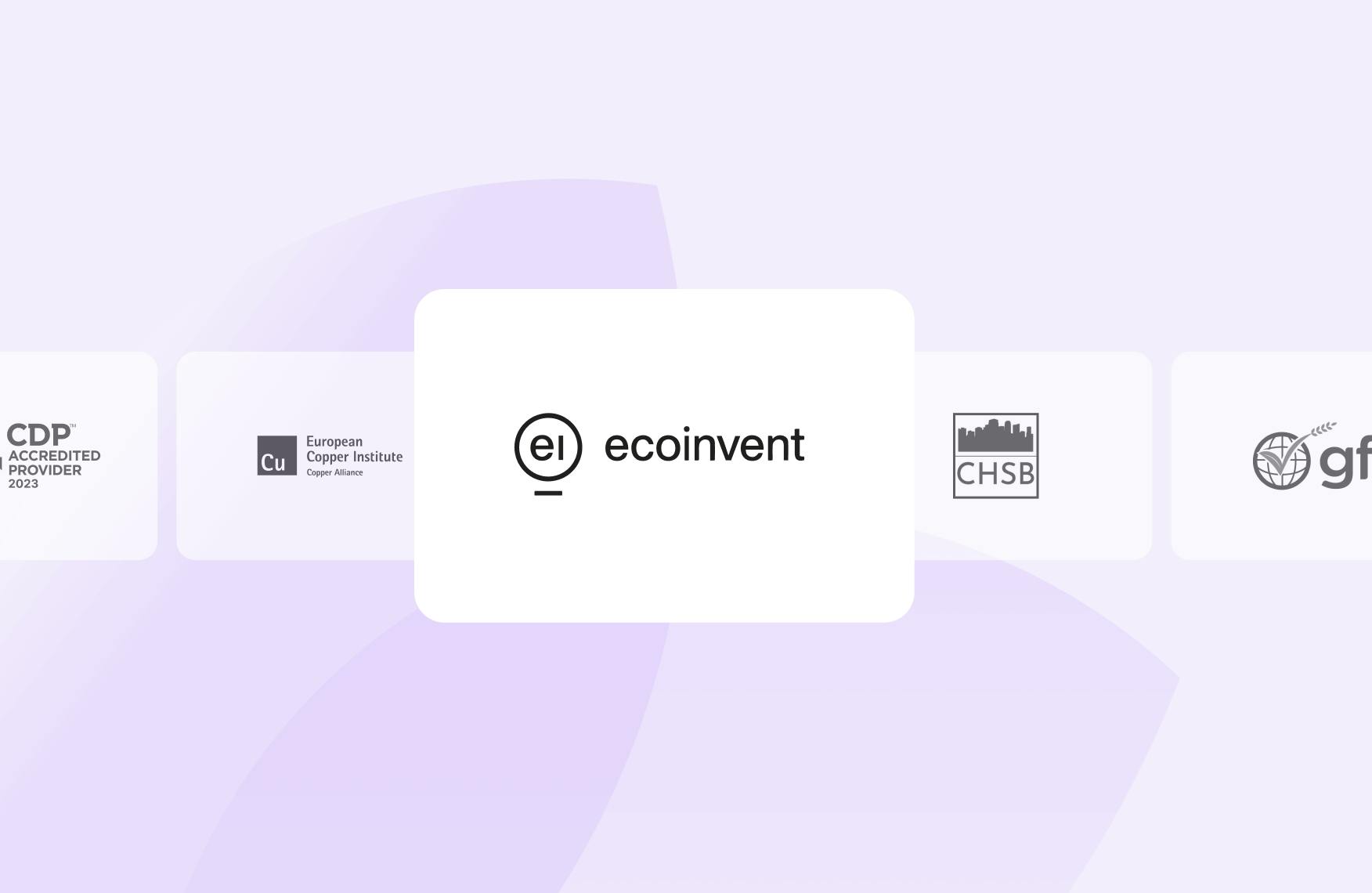
Maximize your product's impact with the most advanced data accuracy
- Access the widest and leading Emission Factor databases (350k+ factors from Ecoinvent, IEA, Agribalyse, and more)
- Create custom emission factors with ease for utmost accuracy in your products & portfolios
- Get precise Scope 3 data by using our self-service LCA supplier modules to access supplier-specific Emission Factors

Adapt Greenly's LCA to any product or portfolio
How does an LCA with Greenly work?
Scope
Define your LCA scope and select or create your LCA template with an LCA Expert.
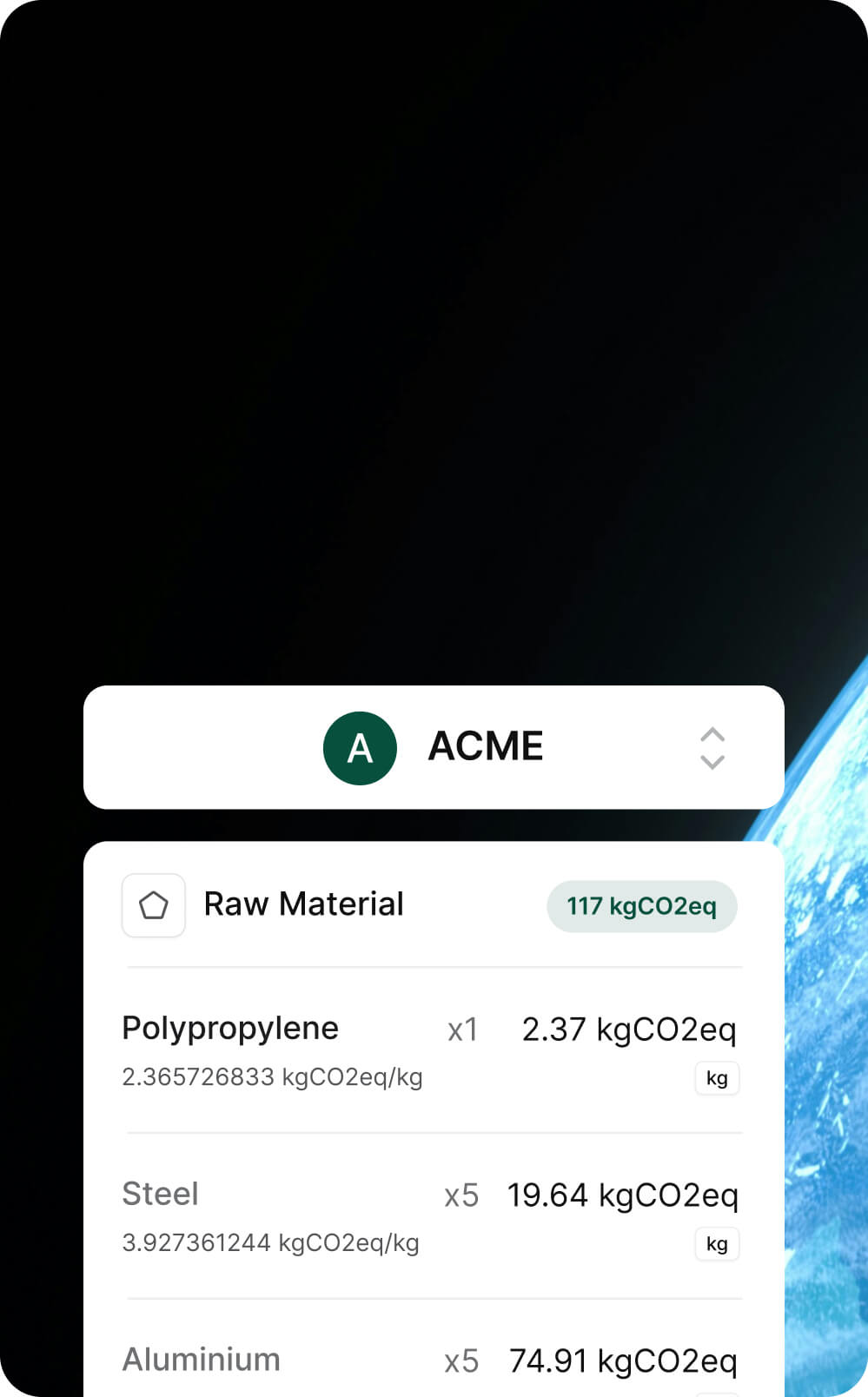
Collect
Gather product data from your suppliers, databases, or factories.
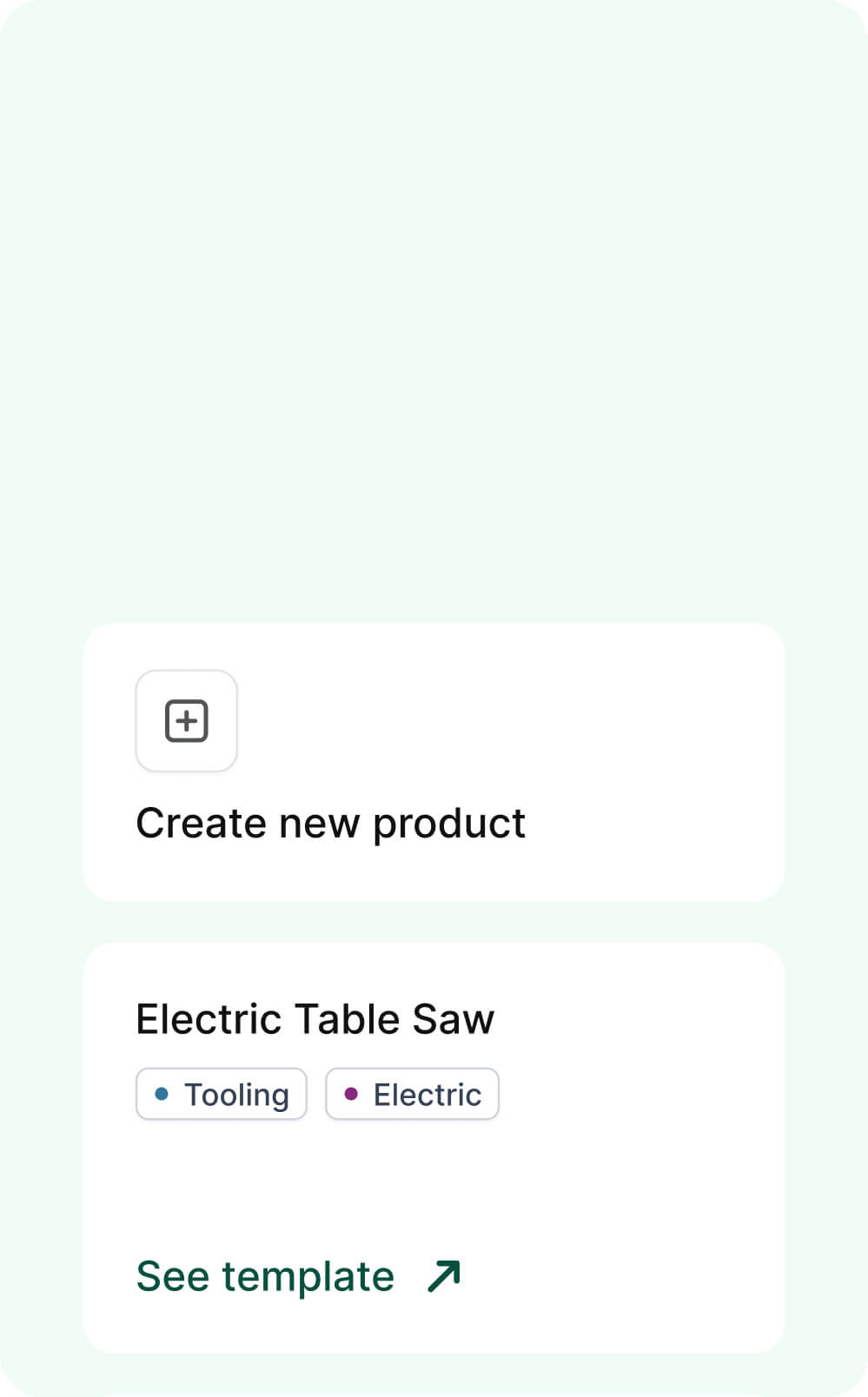
Evaluate
Apply the most accurate emission factors to measure the footprint.
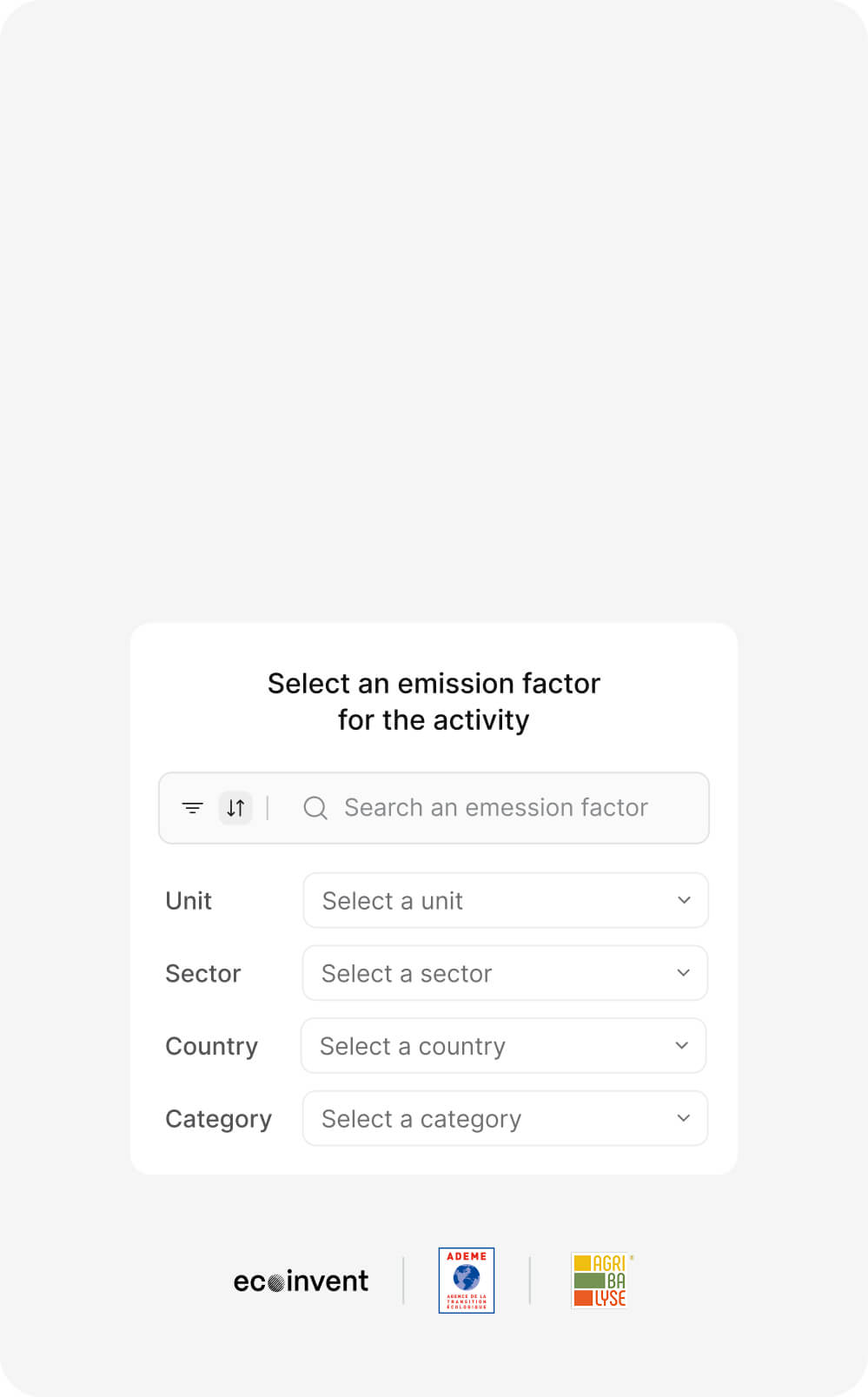
Communicate
Analyse results through automated data visualisations and automated reports.
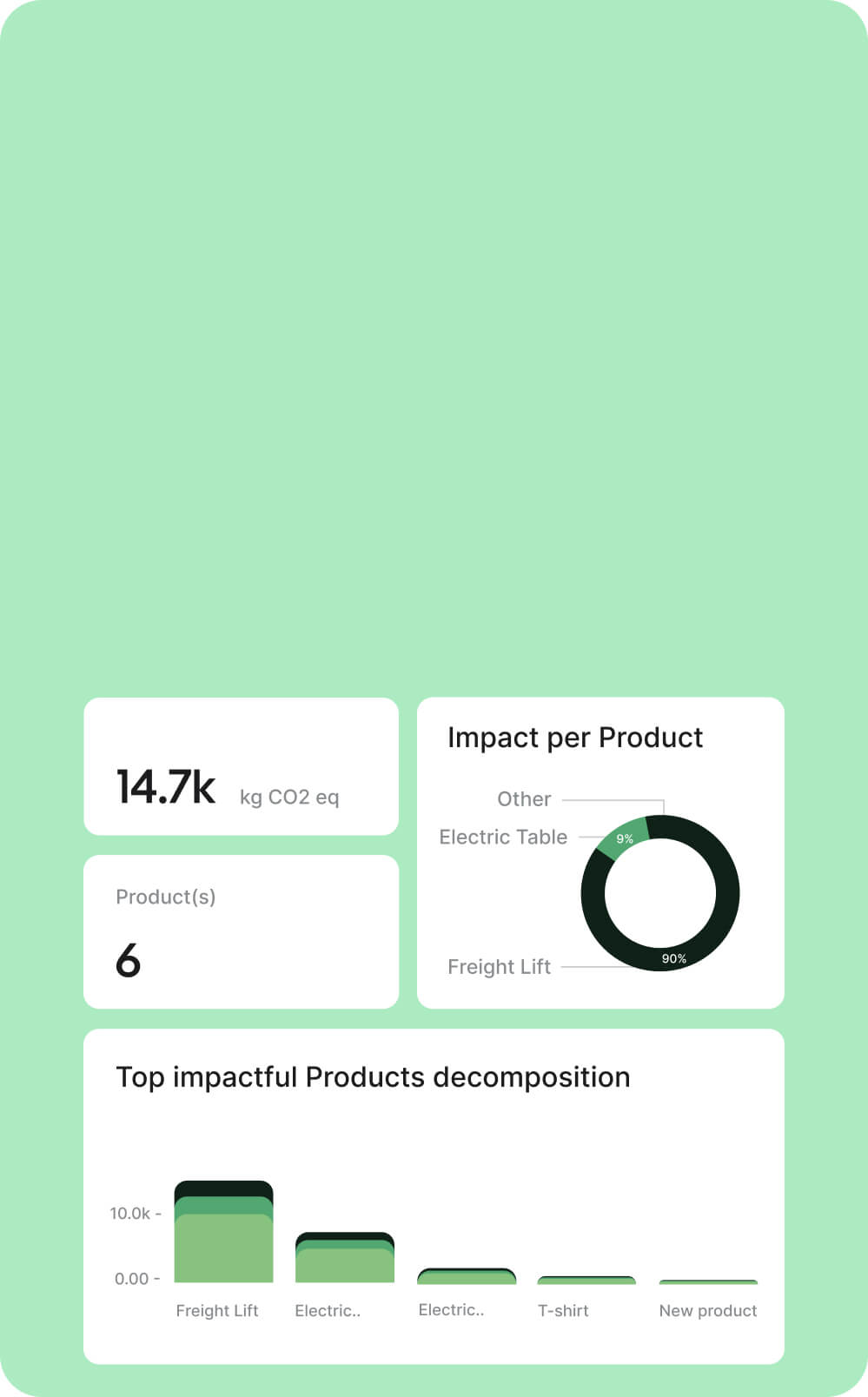
Integrate
Leverage the LCA result in your communication channels and enrich your GHG report.

An intuitive solution for different stakeholders across your organization
Product Engineers & LCA Experts
To design the most sustainable product in a way that reduces cost and saves time.
Procurement Team & Operations
To make data-driven decisions about cost & impact across the whole supply chain
LCA experts
To get their life simply simpler with only one easy-to-use solution to answer their needs
Sales & Marketing
To prove climate leadership therefore winning RFPs and attracting new clients
Sustainability and Directors
To ensure compliance with evolving regulations like PEF, EPD, SEC, CSRD
Why every company should embrace Life Cycle Assessment
Deliver the Product Carbon Footprints your customers expect.
Stay competitive by meeting growing customer expectations - required for companies with 250+ employees under CSRD.

Manage environmental liabilities and climate risks in your supply chain
Proactively prepare for future regulations while reducing costs through eco-design.


I have more questions about LCAs
Have more questions? Check out our complete FAQs in the Knowledge Base, or contact sales to get the answser you’re looking for.
Life Cycle Assessment (LCA) is a method to evaluate the environmental impact of a product, process, or service across its entire life cycle: from the extraction of raw materials to the end of life, passing through stages of manufacture, use, etc.
The four stages of LCA are: goal and scope definition, inventory analysis, impact assessment, and interpretation. Each step helps quantify the environmental impact across a product's life cycle.
An LCA framework is the structured approach for conducting an assessment, based on ISO 14040 or ISO 14044 standards. It guides data collection, analysis, and interpretation of environmental impact.
LCA assessments can be particularly interesting for :
- Public authorities (whether they intervene at international, national or European level)- scientists;
- Industrial companies.However, any structure offering products and/or services has the possibility to carry out an LCA.
A Life Cycle Assessment is useful :
- to identify the environmental issues and impacts of a company;
- to develop eco-designed products;
- to compare the environmental impact of its products with those of its competitors;
- to consolidate its brand image and stand out from the competition.
To conduct an LCA, define the scope, collect life cycle inventory data, assess environmental impacts, then interpret results to guide sustainable decisions. Greenly helps companies by offering expert support on our platform that aligns with ISO 14040, 14044 and 14067 methodology.
Yes, the LCA result can be used in the GHG assessment in several ways, depending on the scenario.
One example is that a company can use the activity-based approach instead of the spend-based approach if they purchase a product a certain number of times during the year of measurement.
Yes, LCA can measure the products of Suppliers that impact Clients' emissions.
Resources to stay up to date on LCA
See all our Resources
